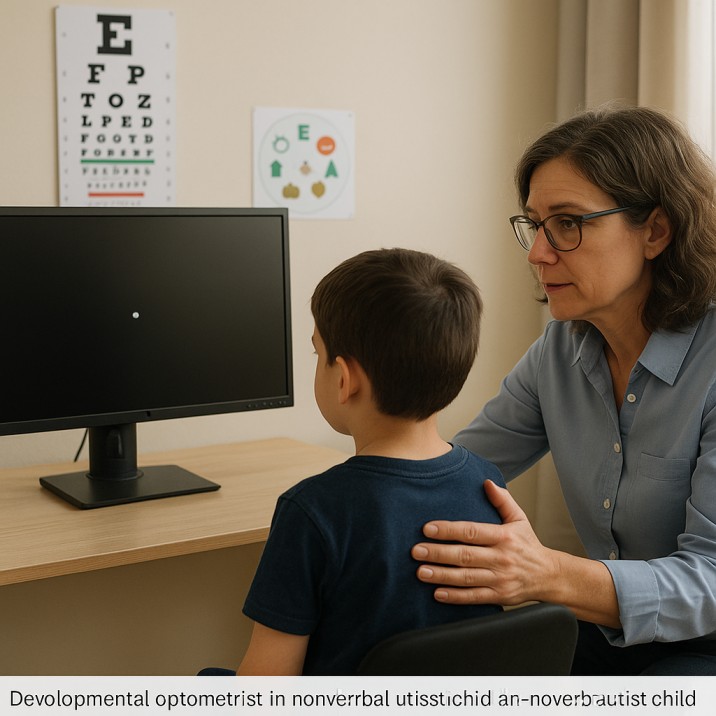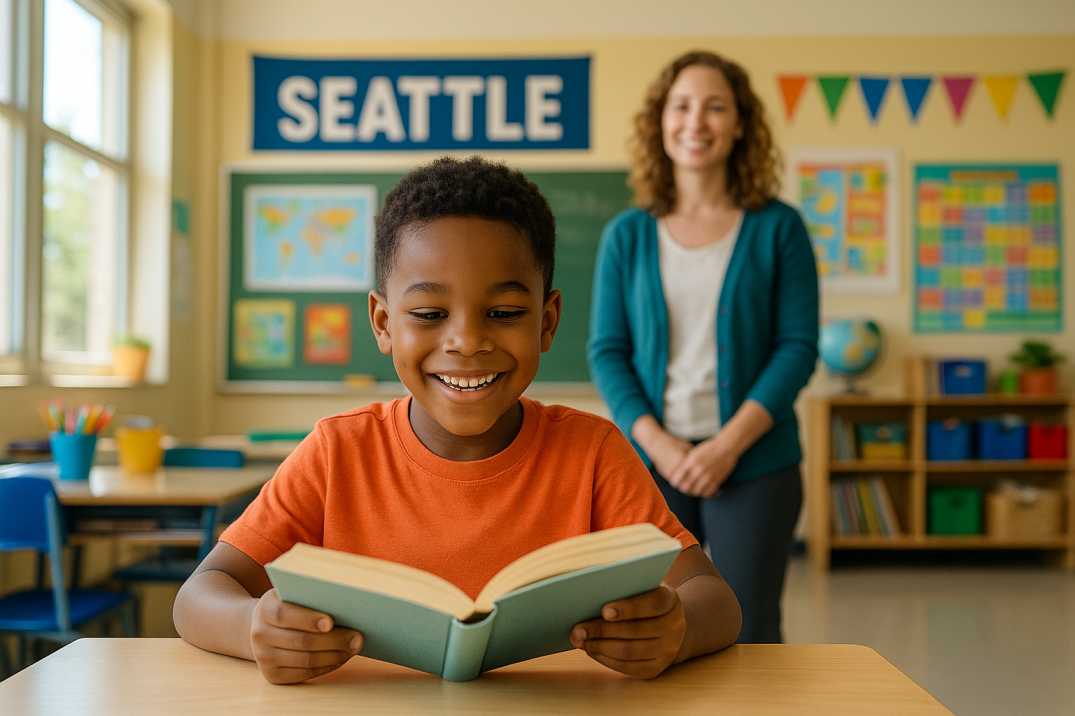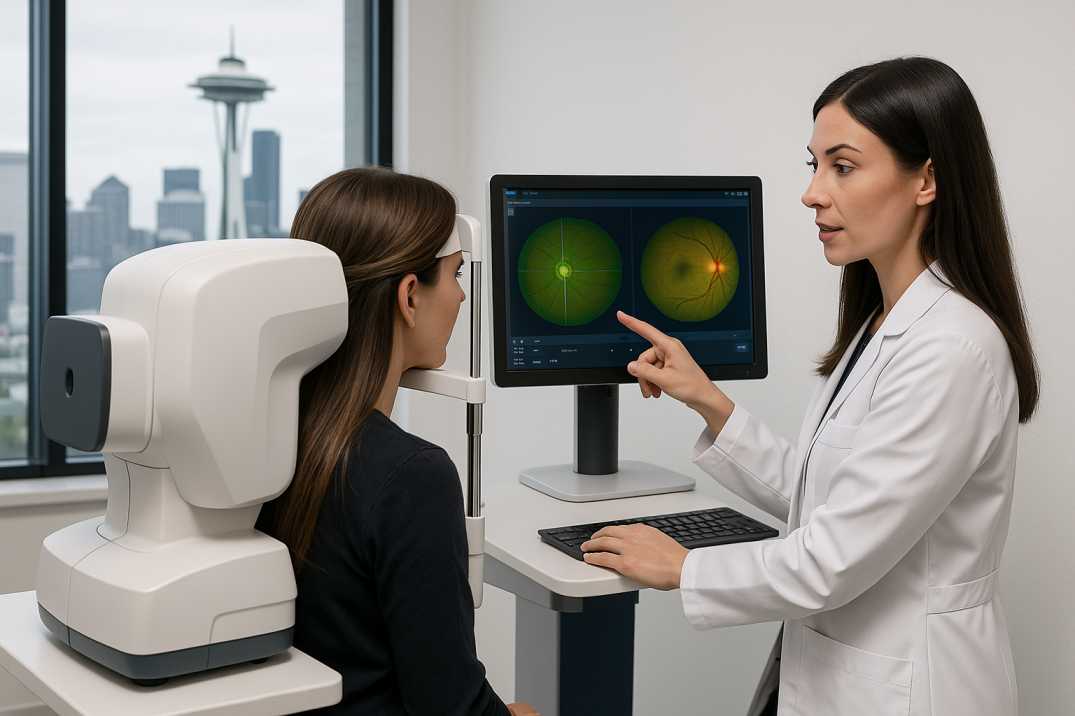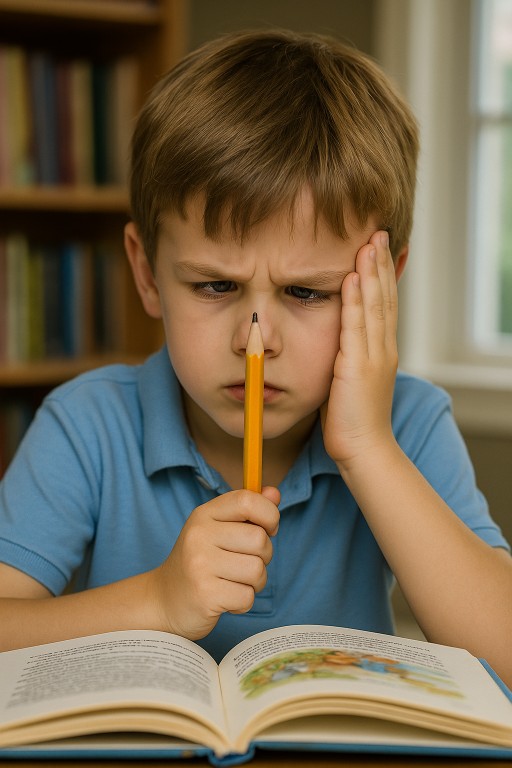Autism & Vision Challenges: What Parents Should Know
Key Takeaways: Vision Therapy for Autism – What You Need to Know
-
Autistic individuals often face functional vision issues—like poor tracking, light sensitivity, and spatial difficulties—that standard eye exams typically miss.
-
Vision therapy retrains brain-eye coordination, improving eye contact, tracking, and visual-motor skills through customized, engaging exercises.
-
A Functional Vision Assessment is essential, evaluating over 17 visual skills to uncover hidden challenges in autistic learners.
-
Clinical evidence supports vision therapy’s effectiveness, with case studies showing gains in daily function, attention, and independence.
-
Parents can boost therapy outcomes at home with predictable routines, skill-based play, and sensory-friendly environments.
-
Seattle families can start by partnering with developmental optometrists experienced in autism to create personalized, adaptive therapy plans.
Common Vision Challenges in Autism
Children and adults with autism frequently face vision-related difficulties that affect daily life. Key issues include:
-
Social engagement barriers: Avoidance of eye contact and unsteady gaze
-
Visual processing differences: Poor tracking, coordination, or spatial awareness
-
Sensory sensitivities: Light sensitivity and visual overwhelm
-
Repetitive behaviors: Visual stimming (staring at lights, rapid eye movements)
-
Physical conditions: Strabismus (misaligned eyes) or amblyopia (lazy eye)
These challenges complicate reading, navigating spaces, and social interactions. Research indicates that 21–50% of autistic children develop strabismus, while reduced visual working memory often impacts learning and social connection development.
How Vision Therapy Supports Autistic Individuals
Vision therapy is an evidence-based program that retrains brain-eye communication through customized exercises. Unlike routine eye exams, it specifically addresses:
-
Core Functional Areas:
-
Eye tracking and focusing control
-
Binocular vision (eye teaming)
-
Visual processing speed and attention
-
Hand-eye coordination development
-
Developmental optometrists conduct structured in-office sessions supplemented by home exercises. Child-friendly tools like balance boards, therapeutic prism lenses, and interactive computer games create an engaging approach tailored for ASD learners.
Key Therapeutic Outcomes:
-
Improved social connection through sustained eye contact
-
Enhanced visual tracking and physical coordination
-
Reduced light sensitivity and visual overwhelm
-
Stronger spatial navigation and motor planning skills
Why Vision Challenges in Autism Go Undetected
Standard eye exams frequently miss vision issues in autistic individuals because they primarily assess eyesight (visual acuity) and basic eye health, not functional vision. Two critical gaps include:
-
Functional vision deficits: How the brain interprets visual information
-
Visual-motor challenges: Difficulty syncing vision with physical movement
A specialized Functional Vision Assessment by developmental optometrists evaluates 17+ skills—like eye tracking, focusing accuracy, and visual processing—to uncover these hidden barriers. This tailored evaluation is vital for creating effective support plans aligned with neurodevelopmental differences.
Research-Backed Benefits of Vision Therapy for Autism
Emerging clinical evidence demonstrates vision therapy’s effectiveness for autistic individuals, with studies and documented cases revealing consistent benefits:
Case Study 1: Combined Amblyopia & ASD Therapy
After 2 months of vision therapy plus 1 year of home exercises, an 8-year-old with autism achieved:
-
Measurable vision improvement
-
Increased eye contact duration
-
Enhanced daily living skills
Case Study 2: Visual Processing Intervention
30 sessions of structured therapy helped a 9-year-old with ASD develop:
-
Stronger visual-motor integration
-
Extended attention span
-
Greater independence in daily tasks
Practical Home Strategies to Boost Visual Development
Reinforce vision therapy progress with these daily techniques designed for autistic learners:
1. Visual Structure & Predictability
-
Picture schedules: Simplify transitions between activities
-
Decluttered spaces: Design calm play/learning zones
2. Social Connection Building
-
Natural eye engagement: Use shared games instead of forced eye contact
3. Visual-Motor Integration
-
Skill-building play: Drawing, puzzles, and ball games
4. Sensory Management
-
Light regulation: Offer sunglasses or hats
-
Environment breaks: During visually overwhelming situations
Starting Vision Therapy in Seattle: Your Step-by-Step Guide
Step 1: Recognize Key Vision Challenges
Watch for these signs in your child:
-
Avoidance of eye contact
-
Frequent squinting/eye closing
-
Struggling with tracking moving objects
-
Difficulty copying text or reading
Step 2: Schedule a Functional Vision Assessment
Partner with a Seattle-based developmental optometrist specializing in autism (like Cannon EyeCare). Essential questions to ask:
-
“How do you accommodate sensory sensitivities?”
-
“What communication methods do you use for nonverbal clients?”
Step 3: Review Customized Findings
Your specialist will:
-
Identify specific visual skill gaps
-
Design a personalized therapy plan
Step 4: Begin Tailored Therapy
-
In-office sessions: Game-based activities matching your child’s interests
-
Home reinforcement: Daily exercises bridging skills to real-life settings
Step 5: Track Progress & Adjust
Regular check-ins at our Seattle clinic ensure:
-
Continued engagement
-
Strategy refinement based on progress
-
Vision therapy for autism is a personalized program of eye-brain exercises that improves visual processing, eye coordination, and comfort in daily life




